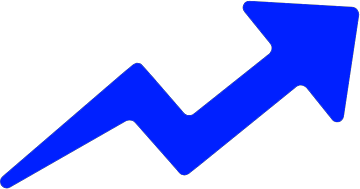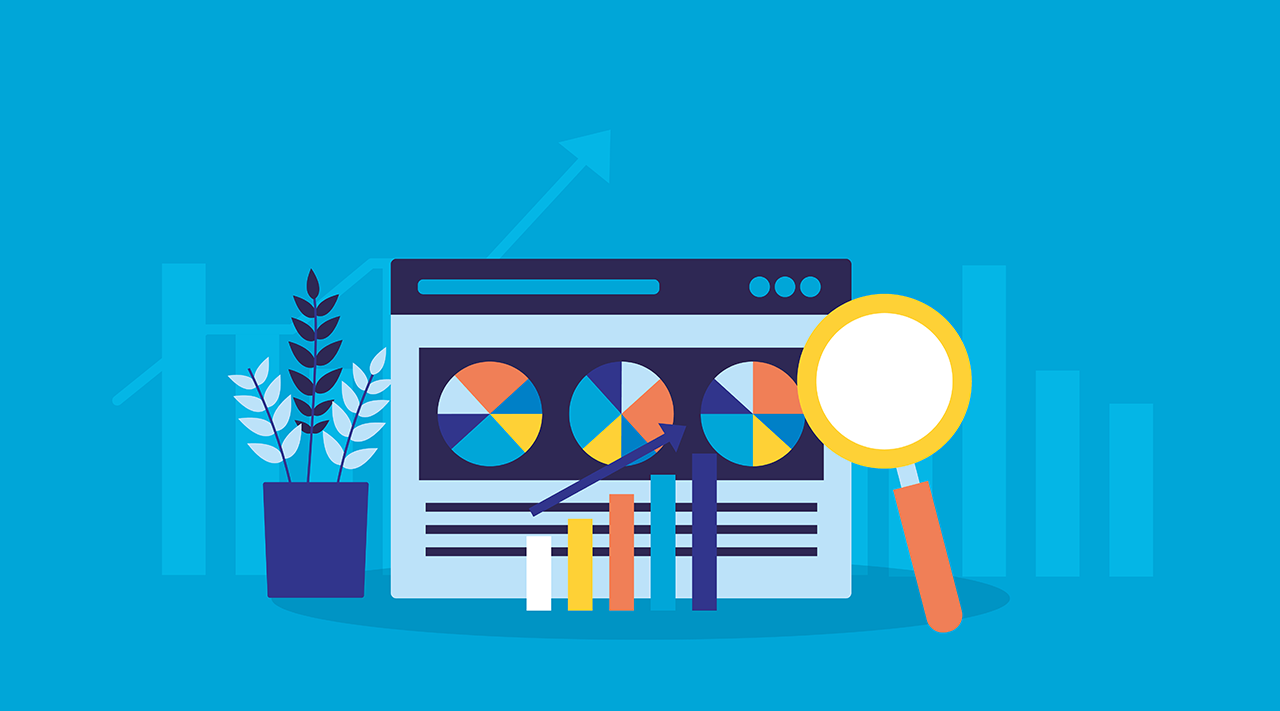In today’s digital age, having a website for your business is essential. But, just having a website is not enough. To succeed in the online world, your website must be optimized for search engines. One of the key ways to do this is through on-page optimization.
On-page optimization involves optimizing the content and structure of your website to make it more search engine friendly. In this blog post, we will discuss the basics of on-page optimization and provide you with expert tips and tricks to help you boost your website’s traffic.
What is On-Page Optimization?
On-page optimization refers to the process of optimizing the content and structure of your website to make it more search engine friendly. This involves making changes to your website’s HTML code, content, and structure to improve its visibility and ranking on search engine results pages (SERPs).
On-page optimization includes elements such as page titles, meta descriptions, header tags, internal linking, image optimization, and keyword optimization. By optimizing these elements, you can improve your website’s relevance, authority, and user experience, which in turn will help to boost your website’s traffic.
Page Titles and Meta Descriptions
Page titles and meta descriptions are crucial elements of on-page optimization. These elements provide search engines with important information about your website and its content.
Page titles are the clickable headlines that appear on SERPs when a user searches for a particular keyword. The title should accurately describe the content on the page and include the targeted keyword.
Meta descriptions are short snippets of text that appear under the page title on SERPs. The meta description should provide a brief summary of the page’s content and include the targeted keyword.
To optimize your page titles and meta descriptions, follow these tips:
- Use relevant keywords: Include relevant keywords in your page titles and meta descriptions to help search engines understand what your page is about.
- Keep it concise: Keep your page titles under 60 characters and your meta descriptions under 155 characters.
- Make it compelling: Use persuasive language to encourage users to click on your link.
Header Tags
Header tags are used to structure your website’s content and make it more readable for both users and search engines. There are six header tags, ranging from H1 (the most important) to H6 (the least important).
To optimize your page titles and meta descriptions, follow these tips:
- Use internal links in your content: Use internal links within your content to provide users with additional information and help search engines understand the structure of your website. For example, if you are writing a blog post about social media marketing, you could link to a page on your website that provides more information about social media advertising.
- Create a site map: Creating a site map can help search engines understand the structure of your website and the importance of each page. A site map is a list of all the pages on your website and the links between them. You can submit your site map to search engines to help them crawl and index your website more effectively.
- Use breadcrumb navigation: Breadcrumb navigation is a type of internal linking that displays the user’s location within your website. Breadcrumb navigation can help users understand the structure of your website and find their way around more easily.
- Use a reasonable number of links: While internal linking is important, it’s also important not to overdo it. Too many internal links can make your content look spammy and can be distracting for users. Aim to include internal links where they make sense and add value to your content.
- Use descriptive anchor text: Anchor text is the clickable text that is used for a link. Use descriptive anchor text to help users and search engines understand what the linked page is about. For example, instead of using “click here” as anchor text, use descriptive text such as “Learn more about social media marketing.”
In summary, optimizing your internal linking can help improve your website’s structure, user experience, and search engine rankings. By using internal links in your content, creating a site map, using breadcrumb navigation, using a reasonable number of links, and using descriptive anchor text, you can optimize your internal linking and improve your website’s visibility and traffic.
Conclusion
On-page optimization is an important aspect of search engine optimization (SEO) and can have a significant impact on your website’s traffic and search engine rankings. By optimizing your website’s content and structure, you can improve your website’s relevance, authority, and user experience.
In this blog post, we have discussed the basics of on-page optimization and provided you with expert tips and tricks to help you boost your website’s traffic. By implementing these tips and tricks, you can optimize your page titles and meta descriptions, header tags, internal linking, and more.
Remember, on-page optimization is an ongoing process. Regularly updating and optimizing your website’s content and structure can help you stay ahead of the competition and improve your website’s search engine rankings.
If you’re interested in learning more about how search engines work and how to optimize your website for them, be sure to check out our comprehensive guide on Boosttraff.com. Our guide covers everything from how search engines crawl and index websites to the importance of keywords and meta tags in on-page optimization. We also provide expert tips and tricks to help you optimize your website’s content and structure for search engines. Read more about How Search Engines Work and How to Optimize Your Website for Them here.

